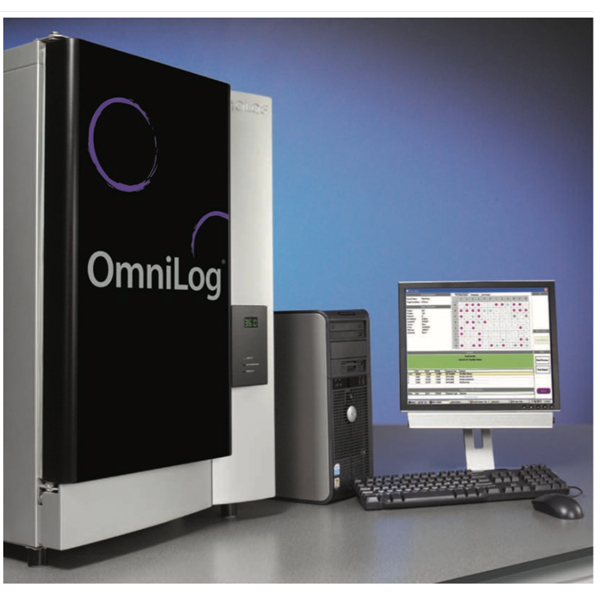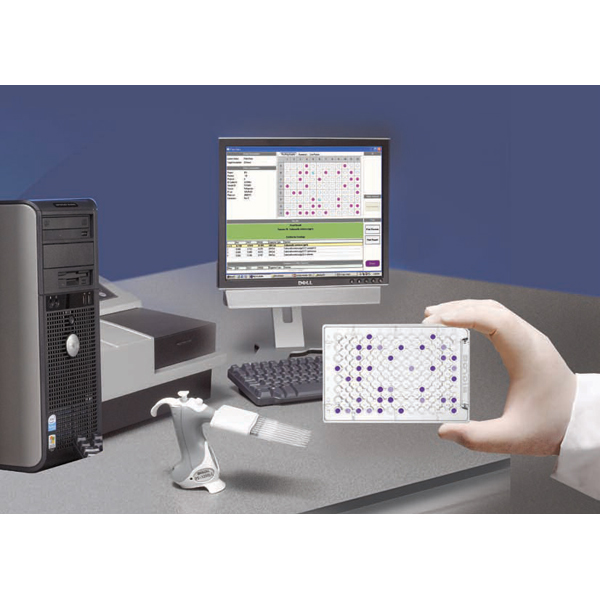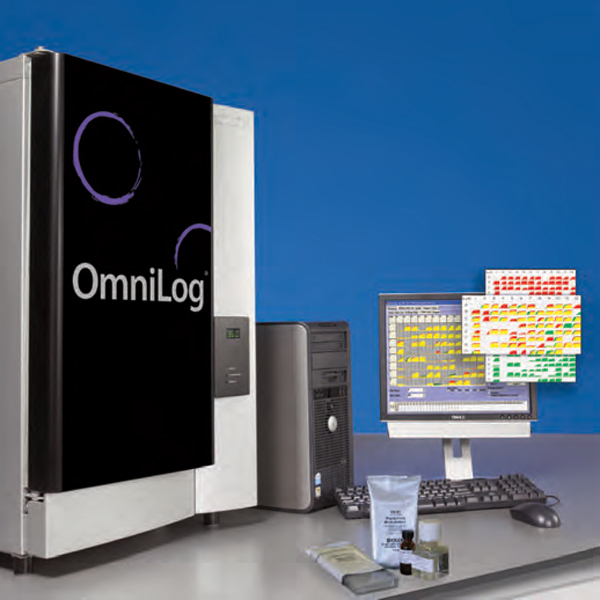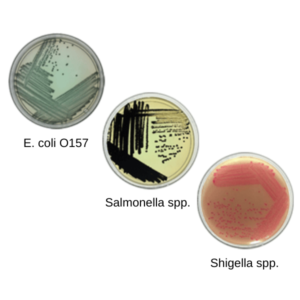Description
Mitochondrial function is assayed by measuring the rates of electron flow into and through the electron transport chain
from metabolic substrates that produce NAD(P)H or FADH2 such as L-malate, succinate, pyruvate, etc. Each substrate
follows a different route, using different transporters to enter the mitochondria and different dehydrogenases to produce
NAD(P)H or FADH2, The electrons travel from the beginning (complex 1 or 2) to the distal portion of the electron
transport chain where a tetrazolium redox dye (MC) acts as a terminal electron acceptor that turns purple upon
reduction. Additional MitoPlate assays probe the sensitivity of the mitochondria to a set of 22 diverse inhibitors.
Product Literature: Br_Mitoplate Flyer, Br_MitoPlate White Paper, Br_MitoPlate IFU










